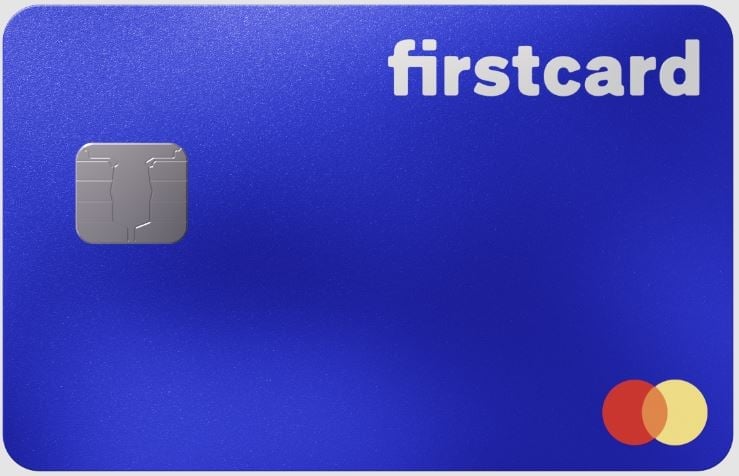
Shopify and BigCommerce are e-commerce web site builders that may help high-volume sellers. Their greatest distinction is that Shopify is simpler out of the field, serving to you open a web-based retailer rapidly. Nevertheless, BigCommerce lets companies create a number of storefronts and select their very own fee processors, plus arrange limitless person accounts.
On the whole, Shopify is best for smaller e-commerce companies and those who make in-person gross sales because it affords point-of-sale instruments. BigCommerce could also be a greater match for bigger corporations that handle a number of manufacturers — nevertheless it has one large disadvantage, which is that you simply’ll be required to improve your month-to-month subscription once you hit sure income thresholds.
Right here’s extra element about how BigCommerce and Shopify examine.
BigCommerce vs. Shopify: Deciding components
|
BigCommerce |
||
|---|---|---|
|
Entry-level pricing |
BigCommerce’s most cost-effective plan, Normal, prices $29 per 30 days when billed yearly. |
Shopify’s most cost-effective web site builder plan, Fundamental, prices $29 per 30 days when billed yearly. |
|
Fee processing |
Discounted fee processing charges with PayPal by Braintree begin at 2.59% plus 49 cents per transaction and get cheaper with every subscription plan. When you select a distinct fee processor, you’ll pay that firm’s charges, however no further charges to BigCommerce. |
Shopify Funds takes a lower of two.9% plus 30 cents. Shopify expenses Fundamental clients an additional 2% in the event that they select a distinct fee processor; that price drops to 1% then 0.5% for the 2 costlier pricing tiers, respectively. |
|
On-line market integrations |
Integrations with Google, Fb, Instagram, TikTok, Amazon, Walmart, eBay, Want and Mercado Libre. |
Native integrations with Fb, Instagram, TikTok, YouTube, Google and Walmart. Amazon integration requires an app that has free and paid plans. |
The place Shopify wins
Shopify is a more sensible choice than BigCommerce for companies that additionally provide in-person gross sales. You should utilize its e-commerce platform to handle a lot of stock areas and provide in-store pickup, plus Shopify affords point-of-sale software program. Shopify additionally beats BigCommerce for its lack of income caps — you can also make as many gross sales as you’re capable of with out having to improve to a costlier plan.
Limitless gross sales
Shopify customers in any respect subscription ranges can promote as a lot as their clients will purchase. You’ll must pay for fee processing — 2.9% plus 30 cents per on-line sale, should you use Shopify Funds — and your subscription, however you gained’t must improve your plan primarily based in your gross sales.
BigCommerce, then again, requires you to improve your subscription when you hit sure income milestones. When you attain $50,000 in gross merchandise worth, as an illustration, you’ll be mechanically upgraded from the Normal plan to the Plus plan — pushing your invoice from not less than $29 per 30 days (when billed yearly) to $79 per 30 days (when billed yearly).
Extra stock areas
Shopify customers can handle as much as 1,000 stock areas utilizing the platform, no matter which subscription plan they’ve. Stock areas embody brick-and-mortar shops, pop-ups and warehouses.
With BigCommerce, you’ll begin with simply 4 stock areas. The BigCommerce Professional plan, which begins at $299 per 30 days, helps solely eight.
In-house point-of-sale software program
Shopify’s point-of-sale system syncs along with your Shopify dashboard. Subscribers mechanically get entry to Shopify POS Lite, which incorporates buyer profiles, e mail and textual content receipts, barcode scanning, money funds, refunds and different fundamental options — although you’ll must pay for a Shopify card reader. Bigger companies can improve to Shopify POS Professional, which helps you to set employees permissions, monitor efficiency throughout retail areas and take on-line returns in-store.
BigCommerce integrates with Sq. POS for in-store gross sales. You’ll must import your product catalog and learn to use a second dashboard, however the integration is free.
The place BigCommerce wins
On the whole, BigCommerce affords extra customization alternatives than Shopify does. Customers can choose their very own bank card processing firm and handle a number of storefronts. Plus, BigCommerce affords a 15-day free trial, so you possibly can take your time exploring the platform to determine whether or not it’s the best match. Learn NerdWallet’s evaluation of BigCommerce.
Limitless employees accounts
There’s no restrict on the variety of your staffers who can have BigCommerce accounts, irrespective of which plan you’re utilizing. Meaning each member of your group can log in if essential.
Shopify, then again, caps person accounts at simply two with its Fundamental plan and 15 with its Superior plan, essentially the most subtle plan out there earlier than enterprise choices.
Your alternative of fee processor, plus reductions
BigCommerce customers can select from an inventory of 65 fee processors, together with a number of that will help high-risk companies like digital cigarettes. Customers who choose PayPal powered by Braintree can entry particular discounted charges — starting from 2.59% plus 49 cents per debit or bank card transaction for Normal customers — to 2.05% plus 49 cents for Professional and Enterprise customers.
Shopify Funds prices 2.9% plus 30 cents per transaction. Shopify permits customers to decide on different fee choices, however expenses a further transaction price which may be as excessive as 2%.
A number of storefronts
BigCommerce customers can arrange a number of storefronts on one subscription. Normal plan customers can divulge heart’s contents to three completely different storefronts, every with its personal buyer loyalty and gross sales reporting instruments included. You possibly can have 5 shops with the Plus plan and eight with the Professional plan and have all of them share the identical stock, delivery and funds instruments — although you’ll pay a further month-to-month price for every one.
With Shopify, most customers will want a separate subscription for every retailer, although you should use one e mail tackle and toggle between storefronts. On the Plus plan — which is designed for big or B2B companies and begins at $2,000 per 30 days — you possibly can create a number of storefronts managed from a single administrative platform.
Shopify vs. BigCommerce: Which is correct for your online business?
Shopify is best for companies that:
-
Make in-person in addition to on-line gross sales.
-
Need to keep away from computerized subscription upgrades after they cross sure income thresholds.
-
Have small groups or just some individuals chargeable for e-commerce.
BigCommerce is best for companies that:
-
Promote on-line solely, probably throughout a number of storefronts.
-
Unfold e-commerce duties amongst giant groups.
-
Function in high-risk industries that Shopify Funds doesn’t help.
A model of this text was first revealed on Fundera, a subsidiary of NerdWallet.




